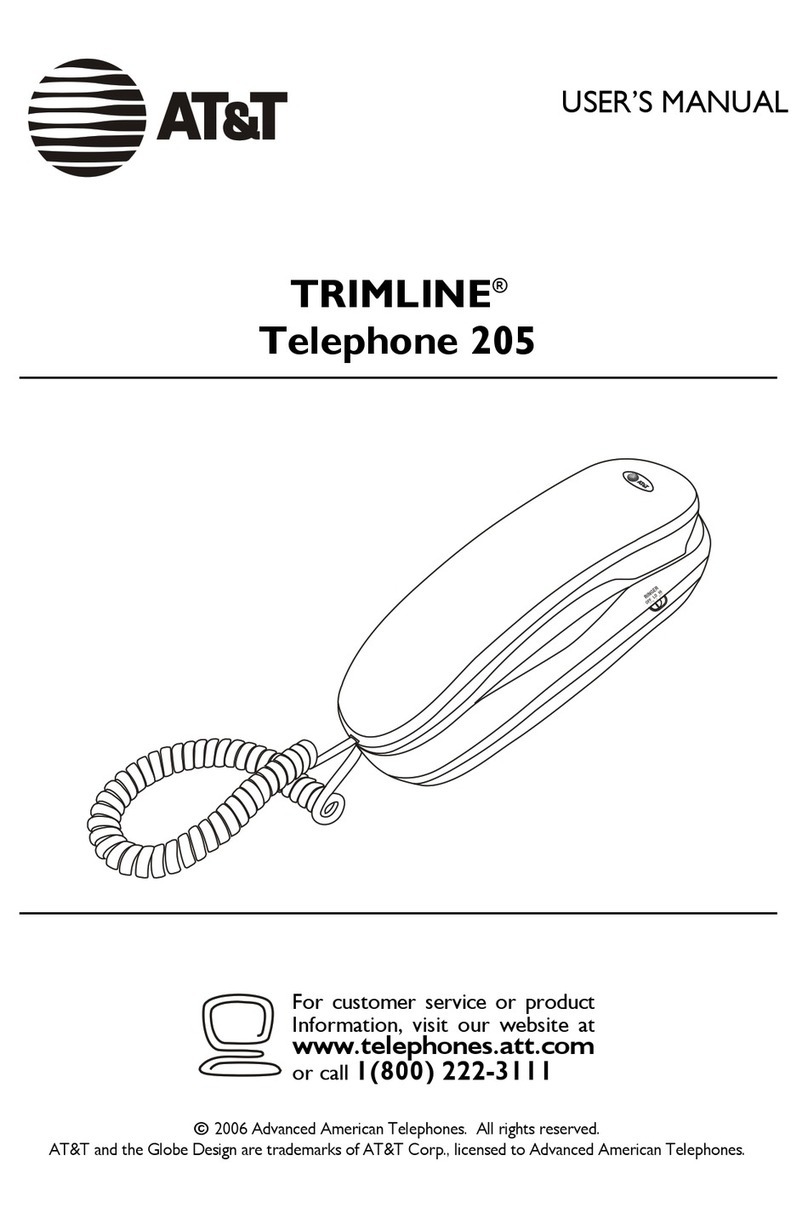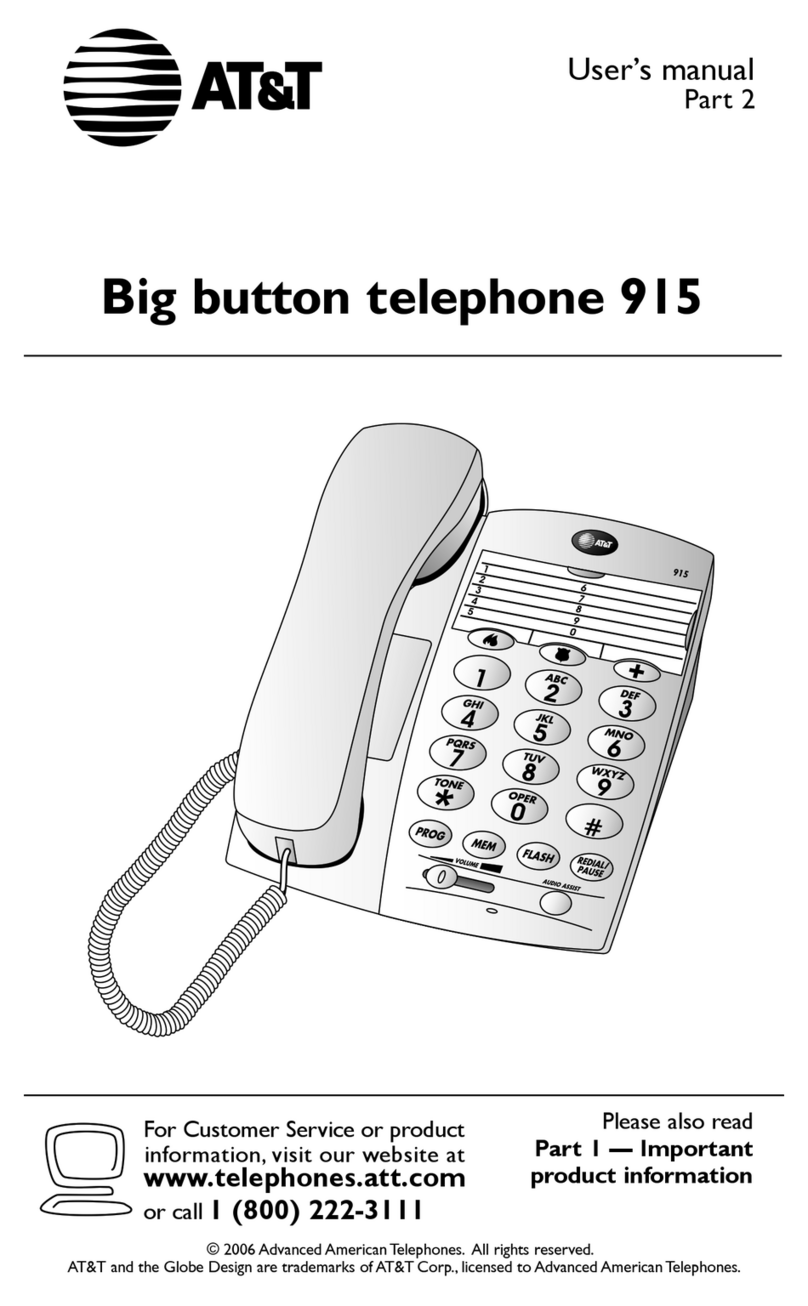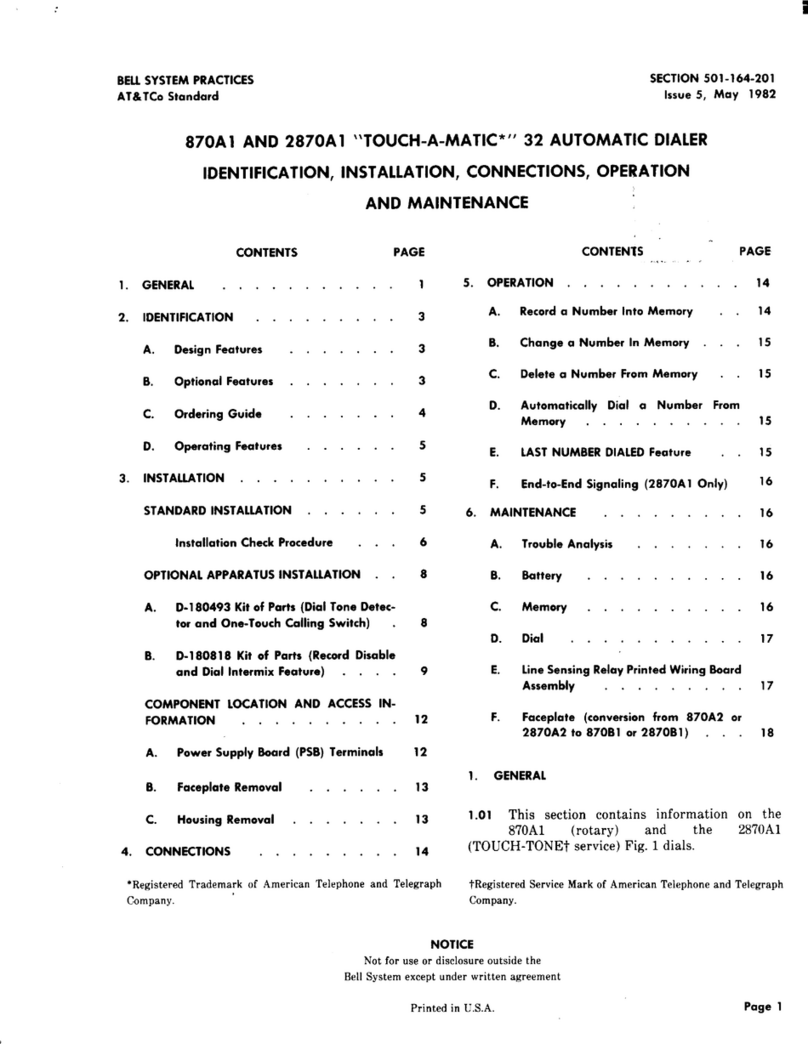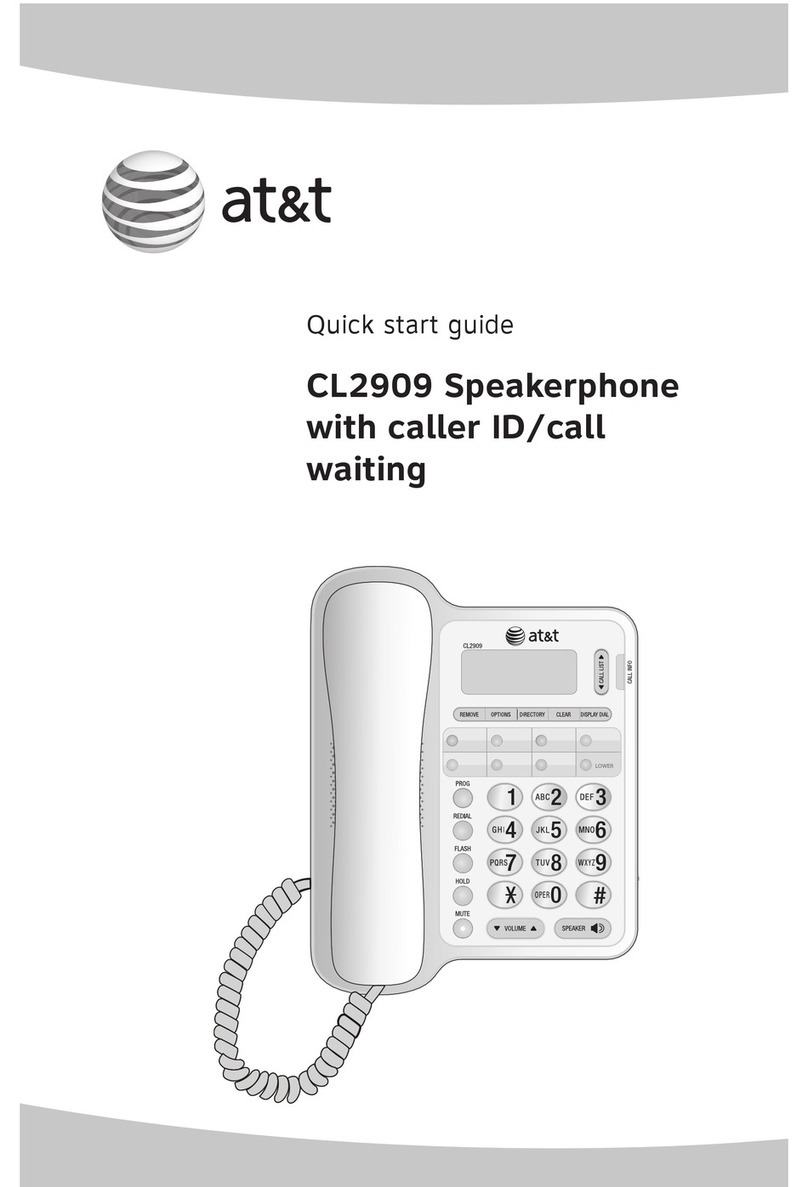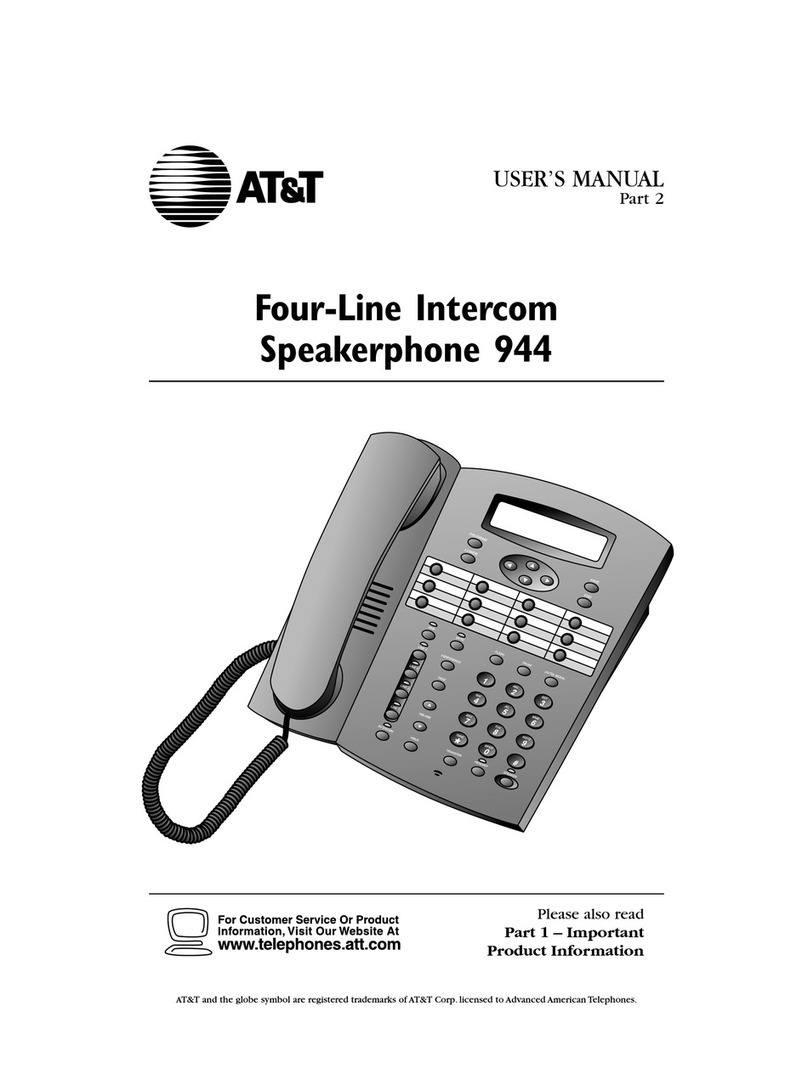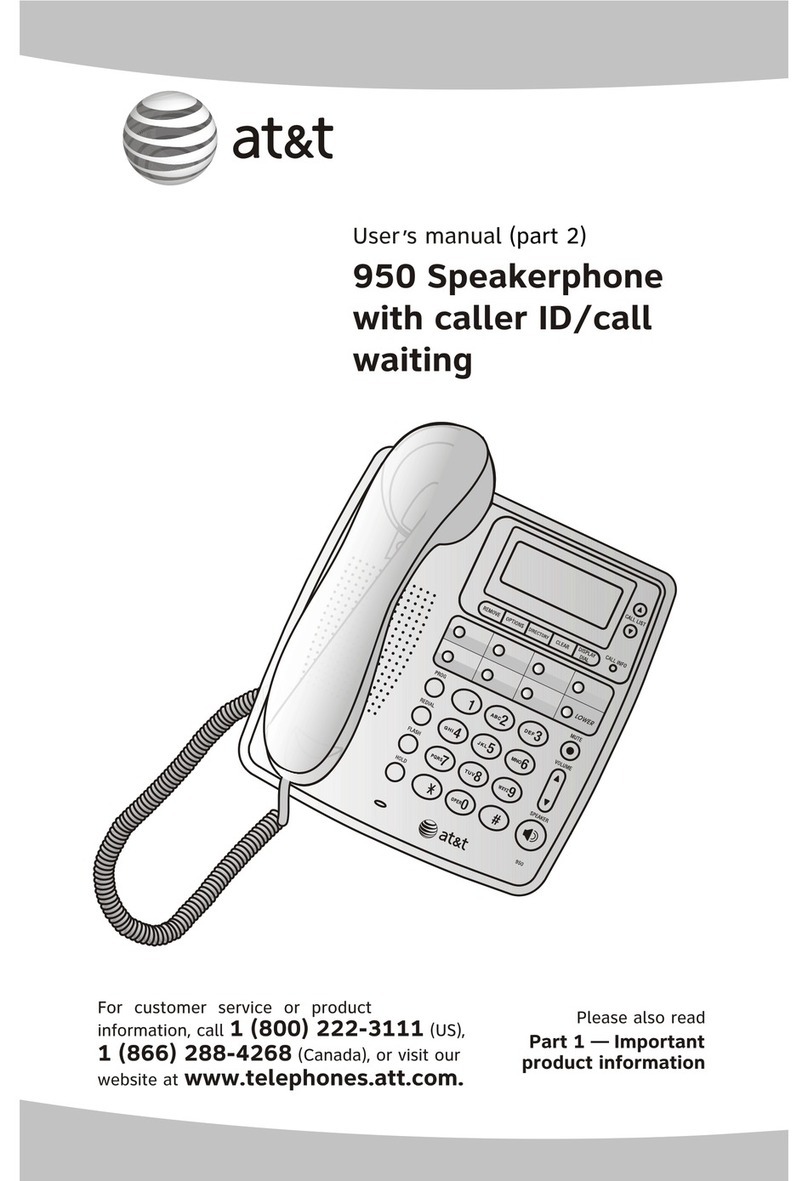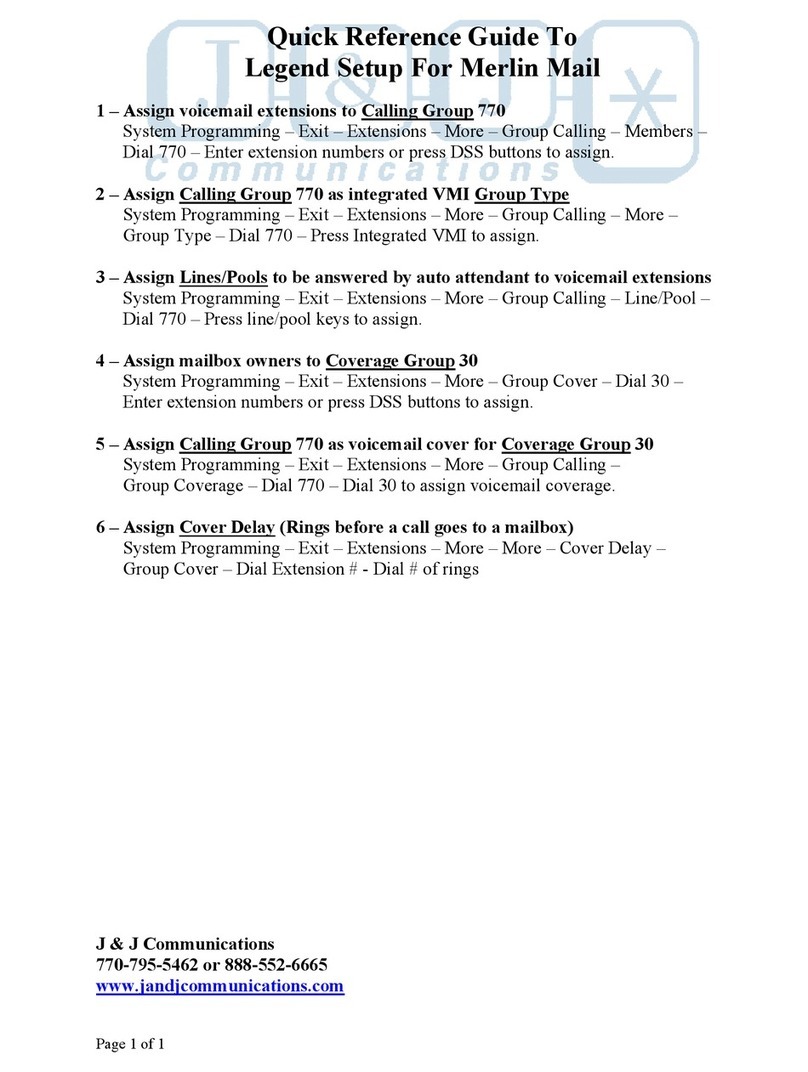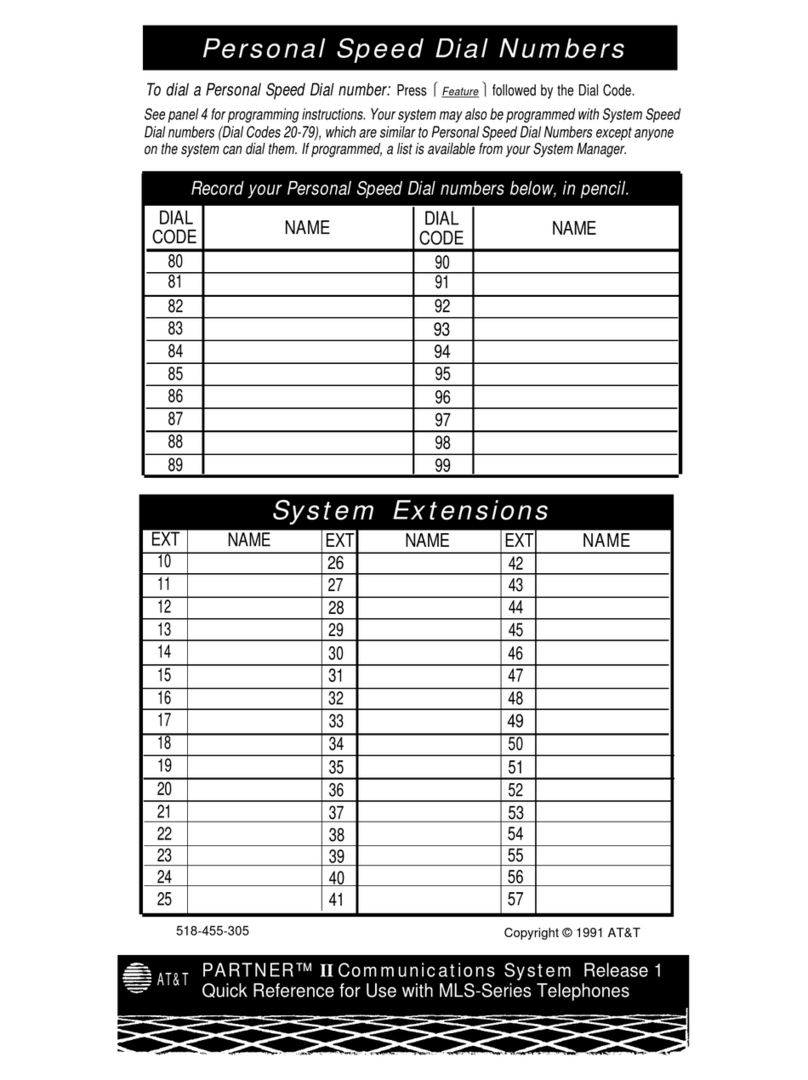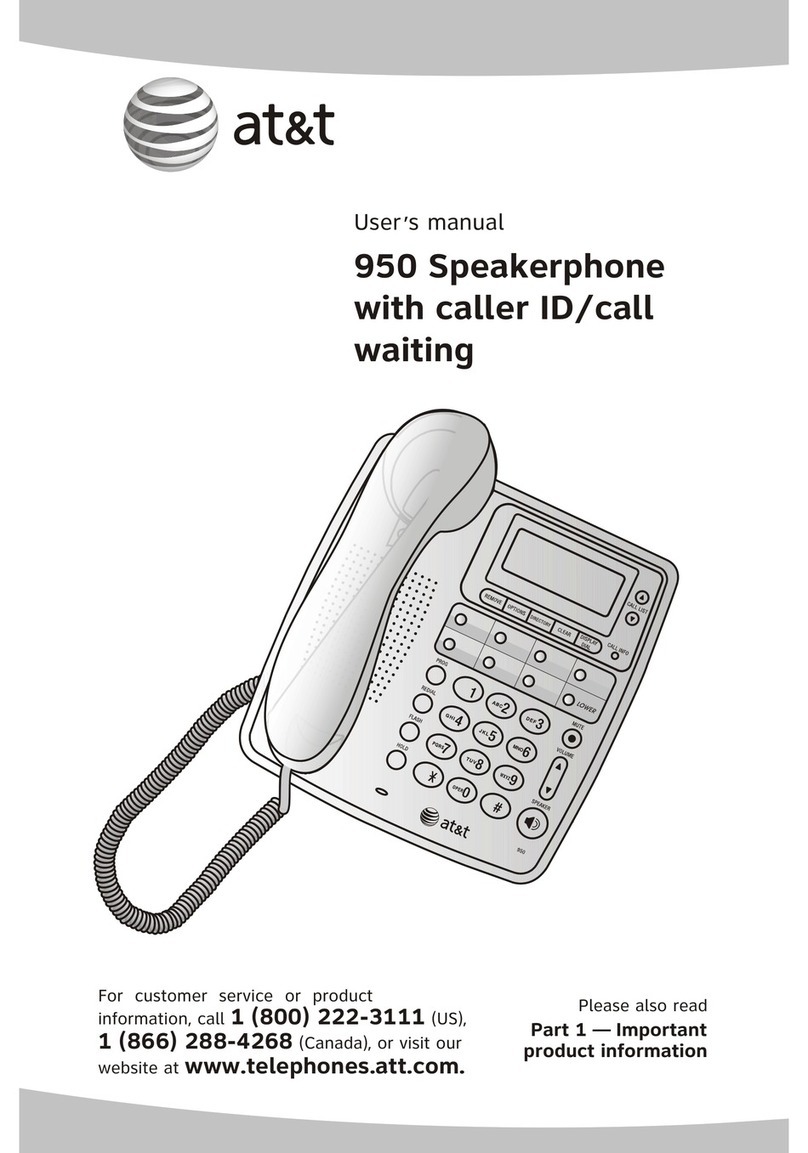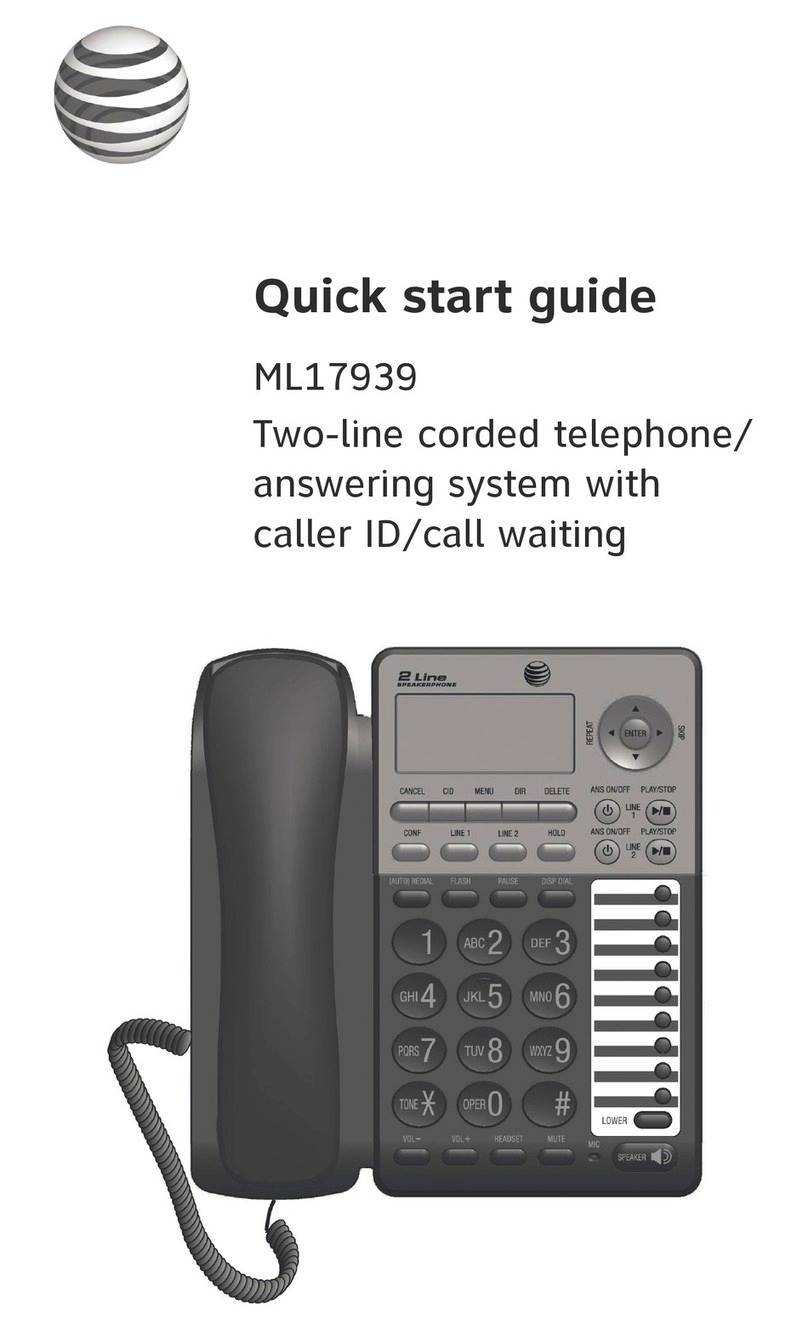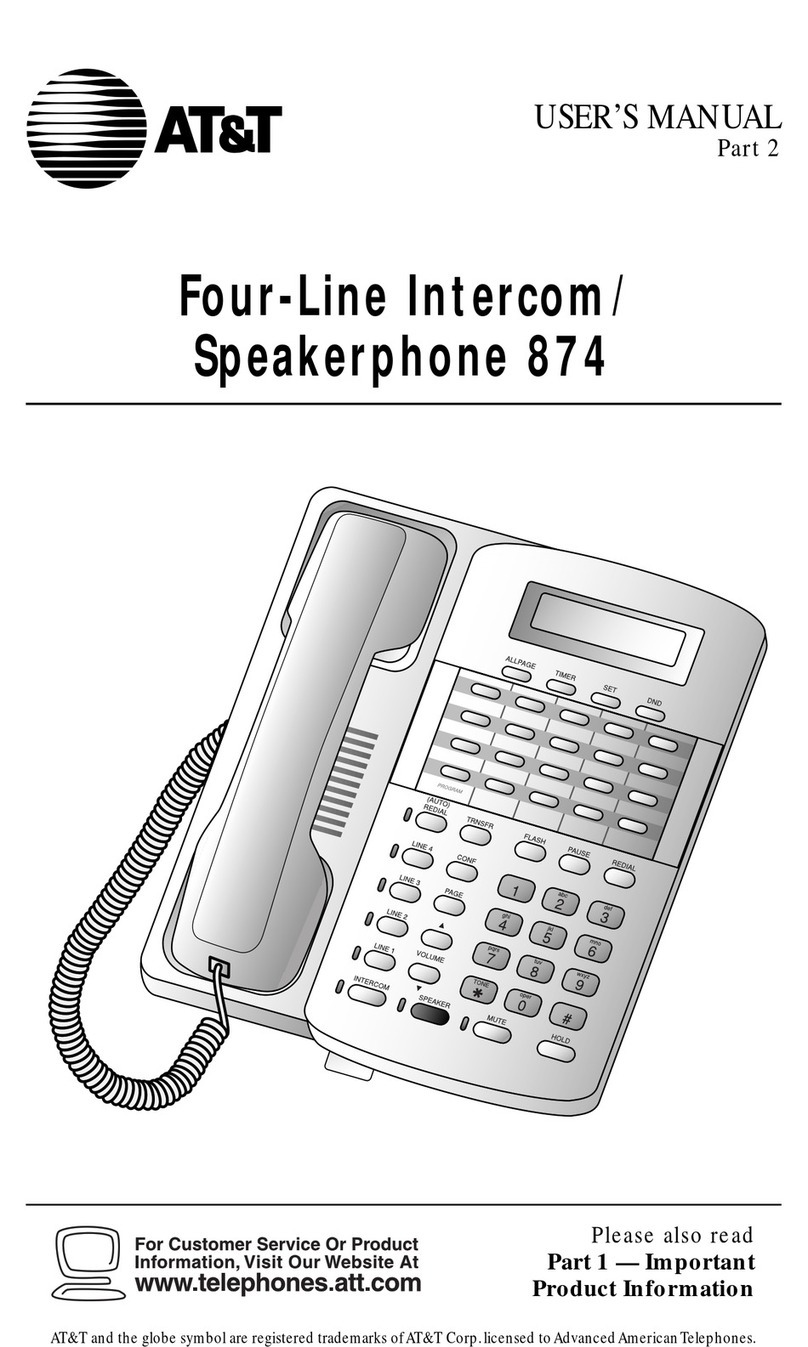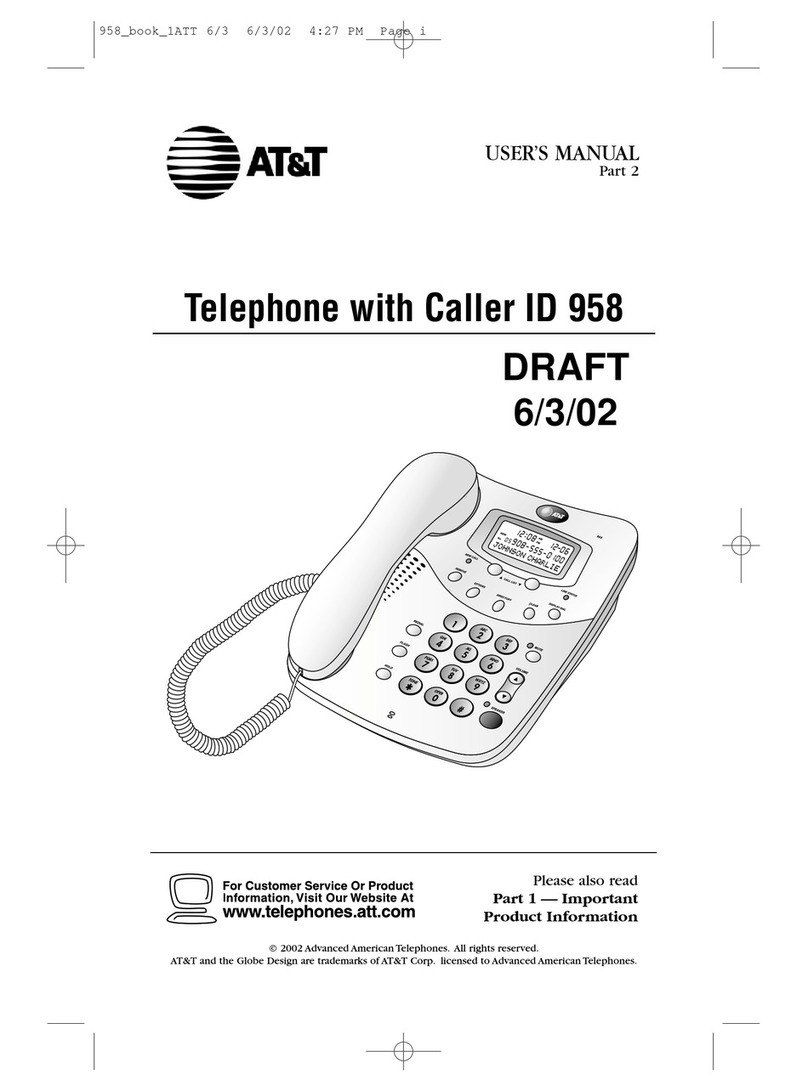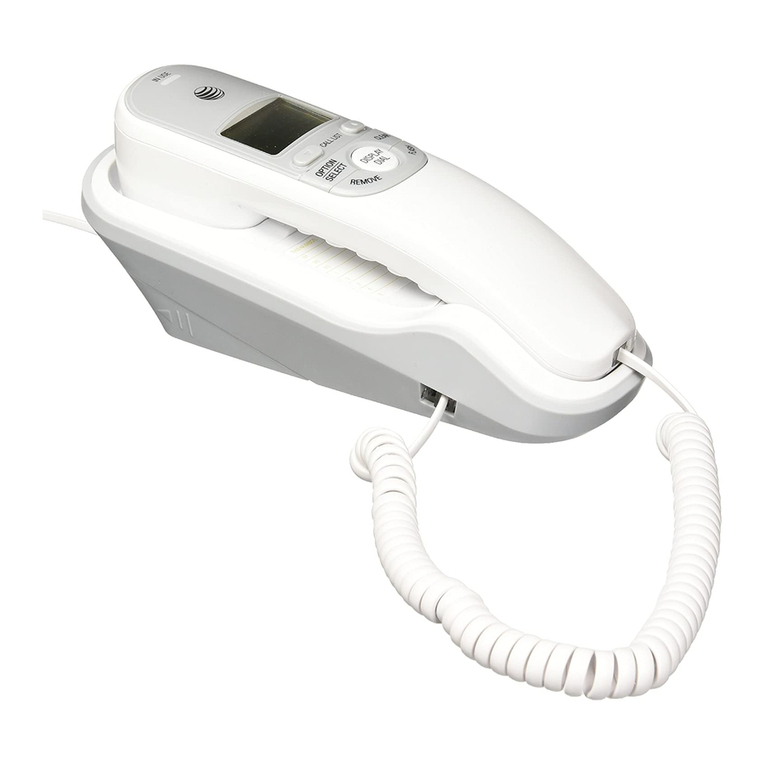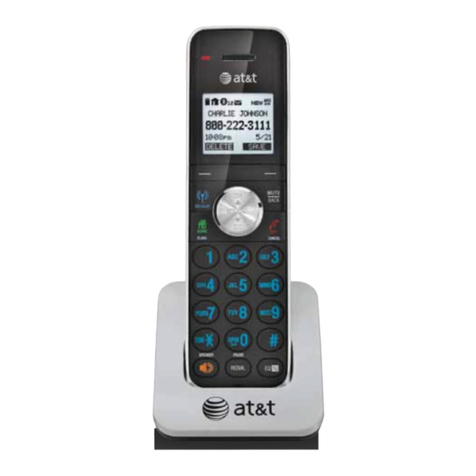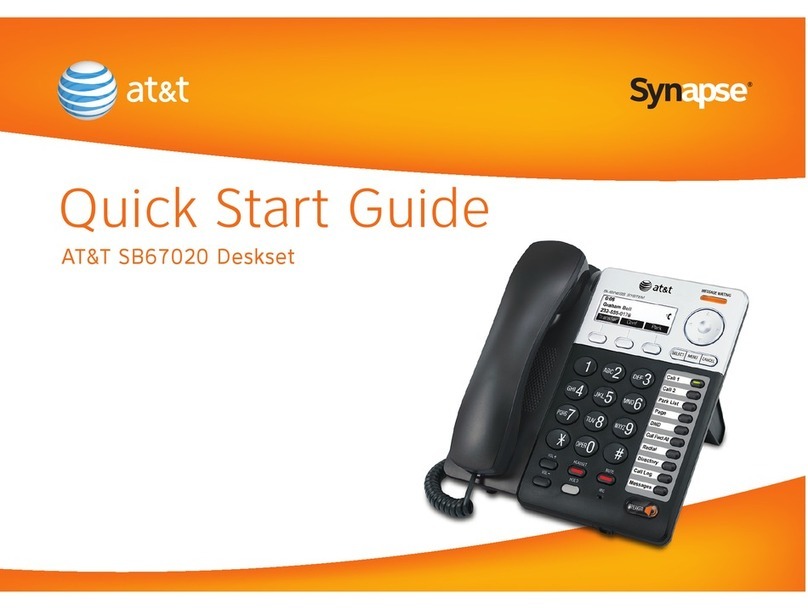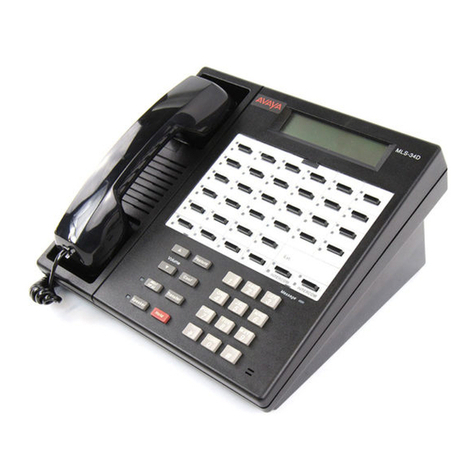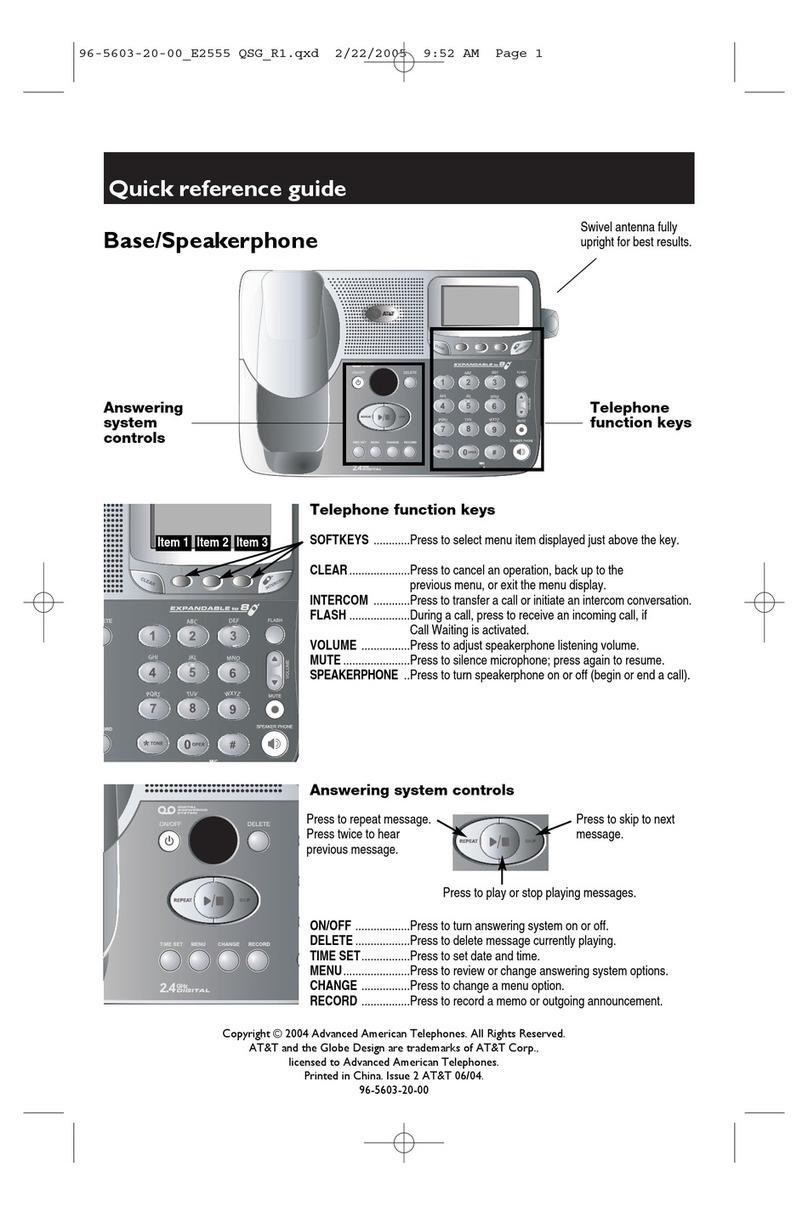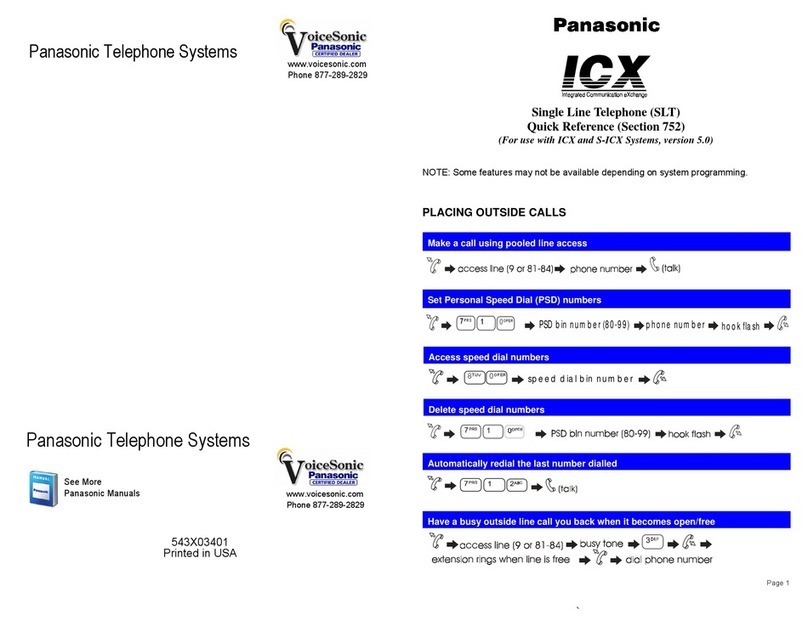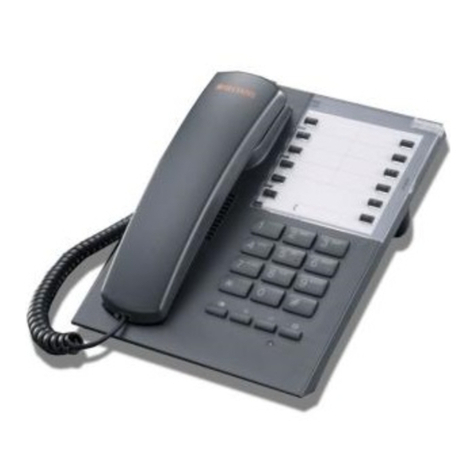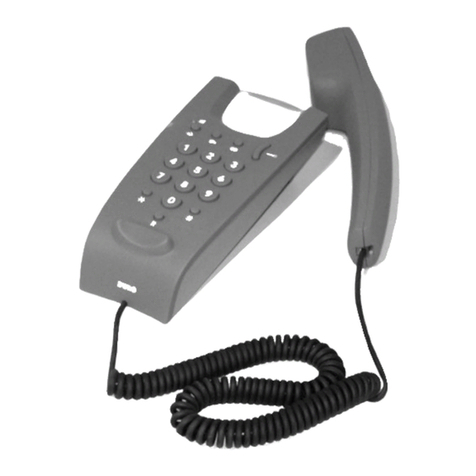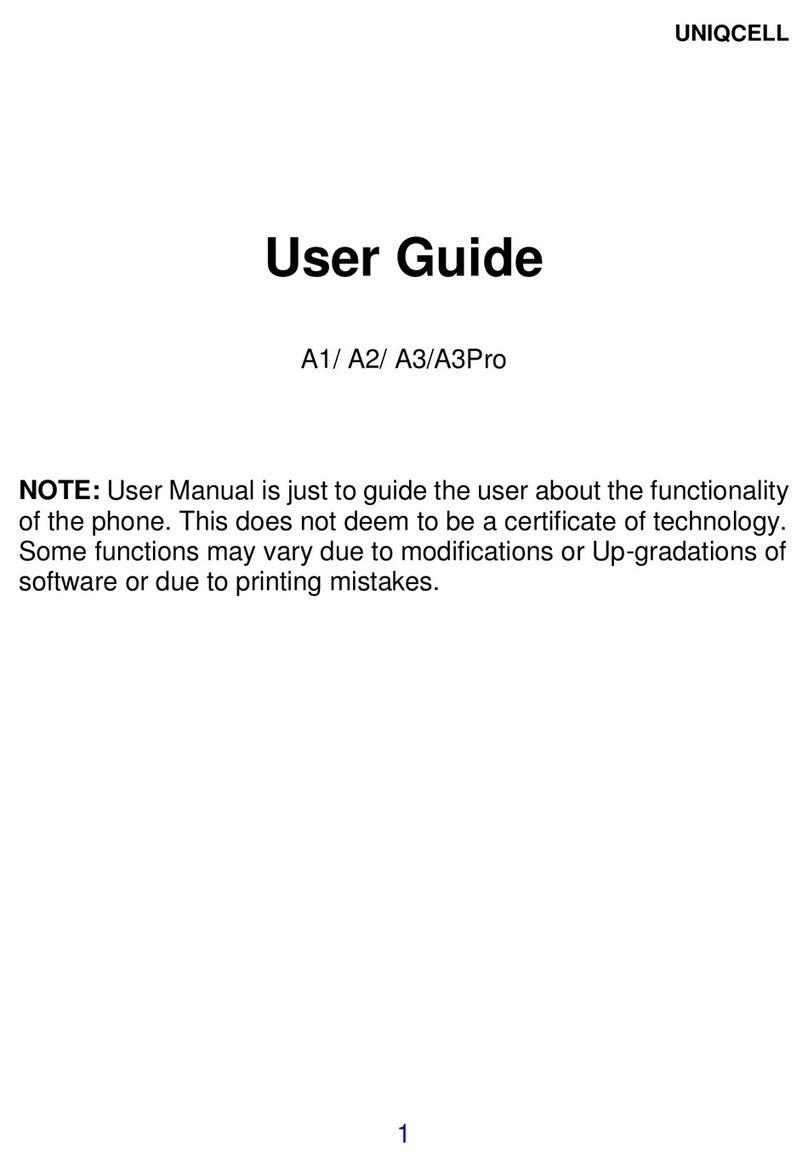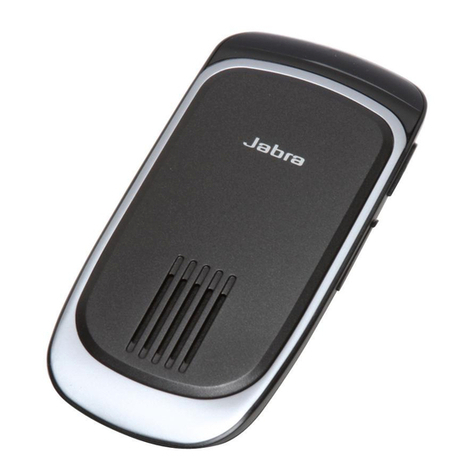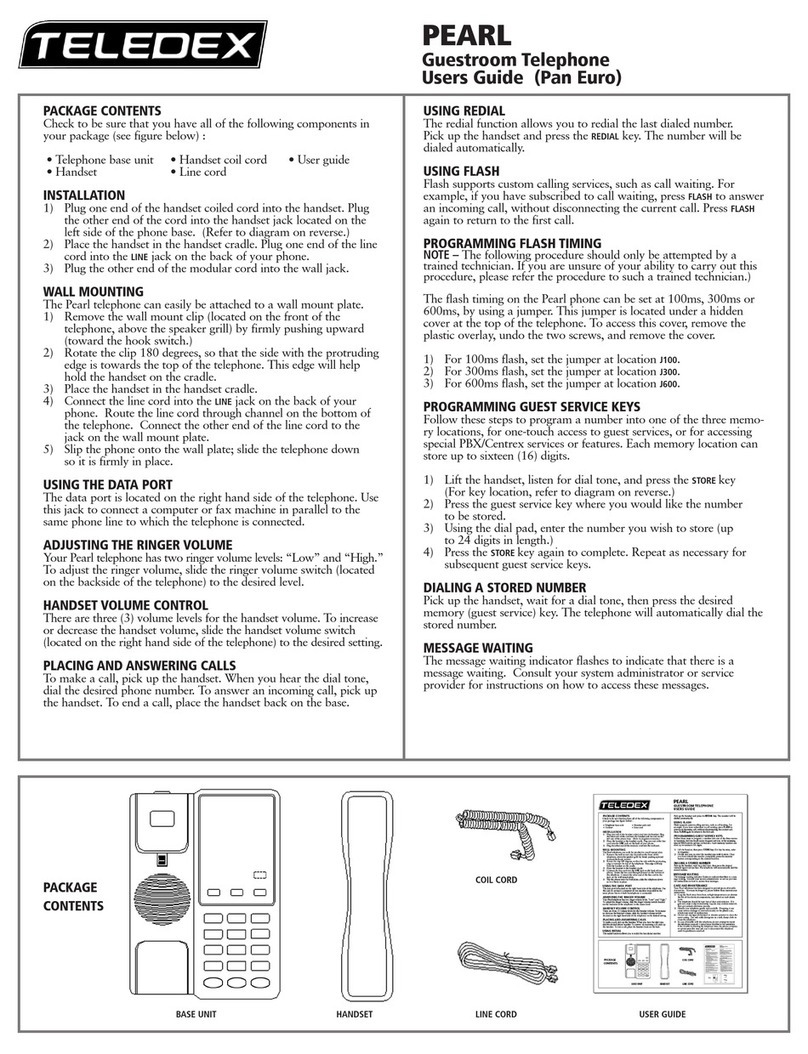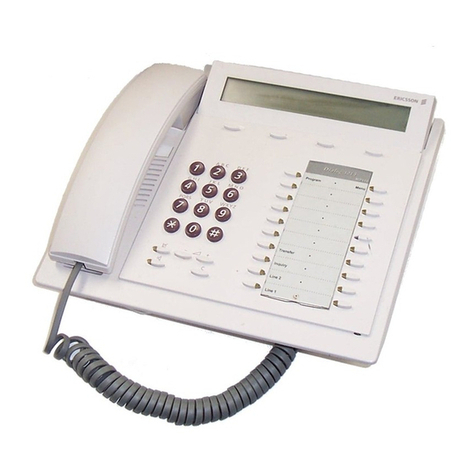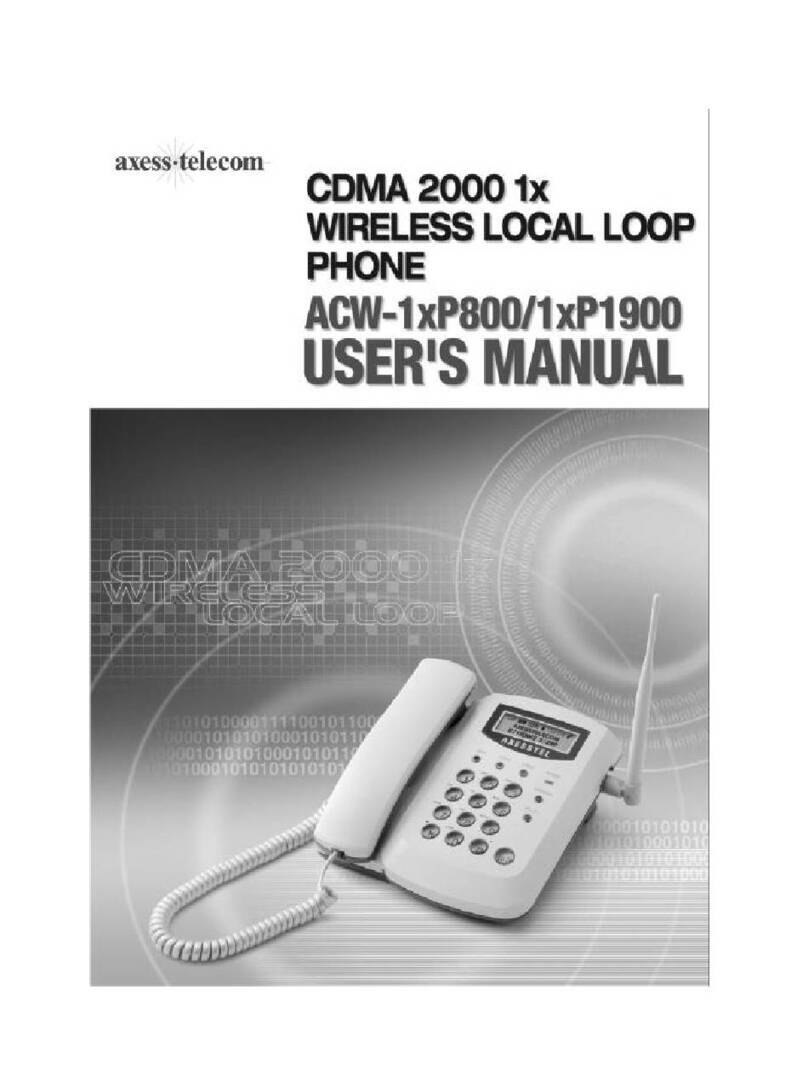
circuit). This
test
should be made by the installer
before fully inserting the lamp.
Speakerphone
Note:
When speakerphone feature
is
provided
the
A25B
connector cable should be used.
2.37
In nonspeakerphone installations, it
is
necessary
to disconnect the speakerphone leads
(V-G,
G-V
, V-BR, BR-V,
V-S
, and
S-V)
when these
sets
are multipled with other sets providing speakerphone.
3. MAINTENANCE
Components
3.01
Maintenance of handsets, dials, and ringers
are
outlined
in
sections
covering
these
components.
Removing
and
Replacing
Housing
3.02
Sets without exclusion:
•
To
remove housing, loosen captive screws
in
base of
set
. Lift housing up and toward
front of set.
• To replace housing, guide lower
front
of
housing over pushbuttons, align housing with
base of
set
, and gently press housing into
place. Tighten captive screws
in
base
of
set
.
3.03 Sets with exclusion:
•
To
remove housing, pull up exclusion plunger
to its operated position, loosen captive screws
in
base
of
se
t,
and
lift
housing
up
and
toward the front of set.
•
To
replace housing, guide lower front portion
of housing over pushbuttons, align housing
with base of set, and gently press housing
in
place.
•
Depress
exclusion
plunger
. With
slight
pressure it should snap into its unoperated
position.
• Operate exclusion plunger several times to
insure
proper operation. Tighten captive
screws
in
base of set.
ISS
4,
SECTION
502-500-120
Exclusion
Switch
3.04
Perform
no
field maintenance on exclusion
switch
and
plunger
other
than
cleaning
contacts with a
265C
tool.
3.05 Replace
set
or exclusion switch assembly if
any
of
the
following
exclusion
switch
requirements cannot be met:
• Exclusion
plunger
should
remain
in
the
operated
position when pulled up to the
full extent of its stroke.
• The
plunger
sho
uld
return
to
the
fully
depressed position when handset
is
replaced.
•
With
housing
removed,
normally
closed
contacts of the exclusion switch should have
perceptible follow when operated manually.
• With
housing
removed, open contacts
of
the exclusion switch shou
ld
have minimum
separation of 1/64-inch; gauge
by
eye.
Mounting
Cords
3.06
Replace mounting cords of early manufacture
(Fig.
9)
as follow
s:
(1)
Remove dial from its mounting bracket.
(2)
Remove terminal screws.
(3)
Disconnect spade-tipped conductors and wafer
sections.
(4)
Disengage cord stay hook from right leg of
dial mounting bracket.
3.07
Mounting cords of late manufacture feature
a slotted wafer strip (Fig.
10)
to facilitate
replacement.
3.08
Still later manufactured cords, designed for
use with 636-type key assemblies,
feature
slotted
wafer
sections for each line appearance
(Fig.
11).
This allows easy
arrangement
of lines
to pickup buttons.
t
No
field
maintenance
should
be
performed
on
the
pllll{
end
of
plug-ended
mounting
cords.
Page
7
